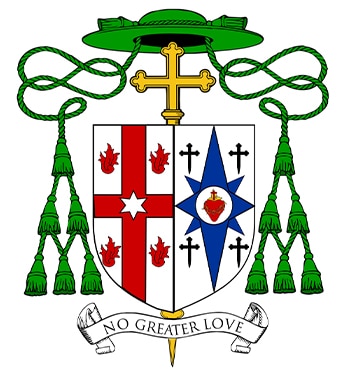Mary, the Ark of the New Covenant

The first topic I will tackle is your question: “And could you explain more about why Mary is the Ark of the New Covenant?” This is a very exciting topic and quite a thrilling romp through the Old and New Testaments. Luke wove marvelous things into his gospel that only a knowledgeable Jew would have understood at the time — one who knew the Jewish Scriptures and had ears to hear and eyes to see. When I am finished writing this section I will mail it to you along with my video on Mary. In my video I discuss Mary as the fulfillment of the Old Testament type — the Ark of the Covenant — on location in Israel.
I have added a lot of footnotes to add supporting information. You can ignore them or read them if you wish. They are not necessary, only documentation in case you want or need it. I added them for your information and because I might end up putting this on my website too.
Even though you probably already know this, let me explain typology so we have a foundation for understanding what we will discover about Mary.
Understanding Typology As you know, the Old Testament is overflowing with stories and people and history, many of which we call types. To me this is very exciting stuff. A type is a person, a thing, or an event in the Old
Testament which prefigures its fulfillment or reality in the New Testament. In other words, it is like a picture which comes alive in a new and exciting way. The New Testament fulfillments are always more glorious, more effective and more universal than their Old Testament types. As St. Augustine said, “the Old Testament is the New concealed, but the New Testament is the Old revealed”. Paul mentions types in his epistles. For an example Paul said Adam is a type of Christ. He wrote “Nevertheless death reigned from Adam until Moses, even over those who had not sinned in the
likeness of the offense of Adam, who is a type of Him who was to come” (Rom 5:14). As early as Paul, Christians understood that the Old Testament was full of types which were fulfilled in the New Testament.
Let’s look at a few other examples. Remember the slavery of the Israelites under the Pharaoh in Egypt? Egypt is a type of the world, Pharaoh a type of the devil, and slavery a type of sin. Moses is a type of Christ who is raised up from among his own people to rescue them — like Jesus was raised up
For more on this, see the Catechism of the Catholic Church (CCC), 128−130, 1094. from among his own people to save them (Deut 18:15, 18; Jn 1:11-12). Jesus is the new Moses who leads us out of sin and slavery to the promised land of heaven.
Read more from Steve Ray







